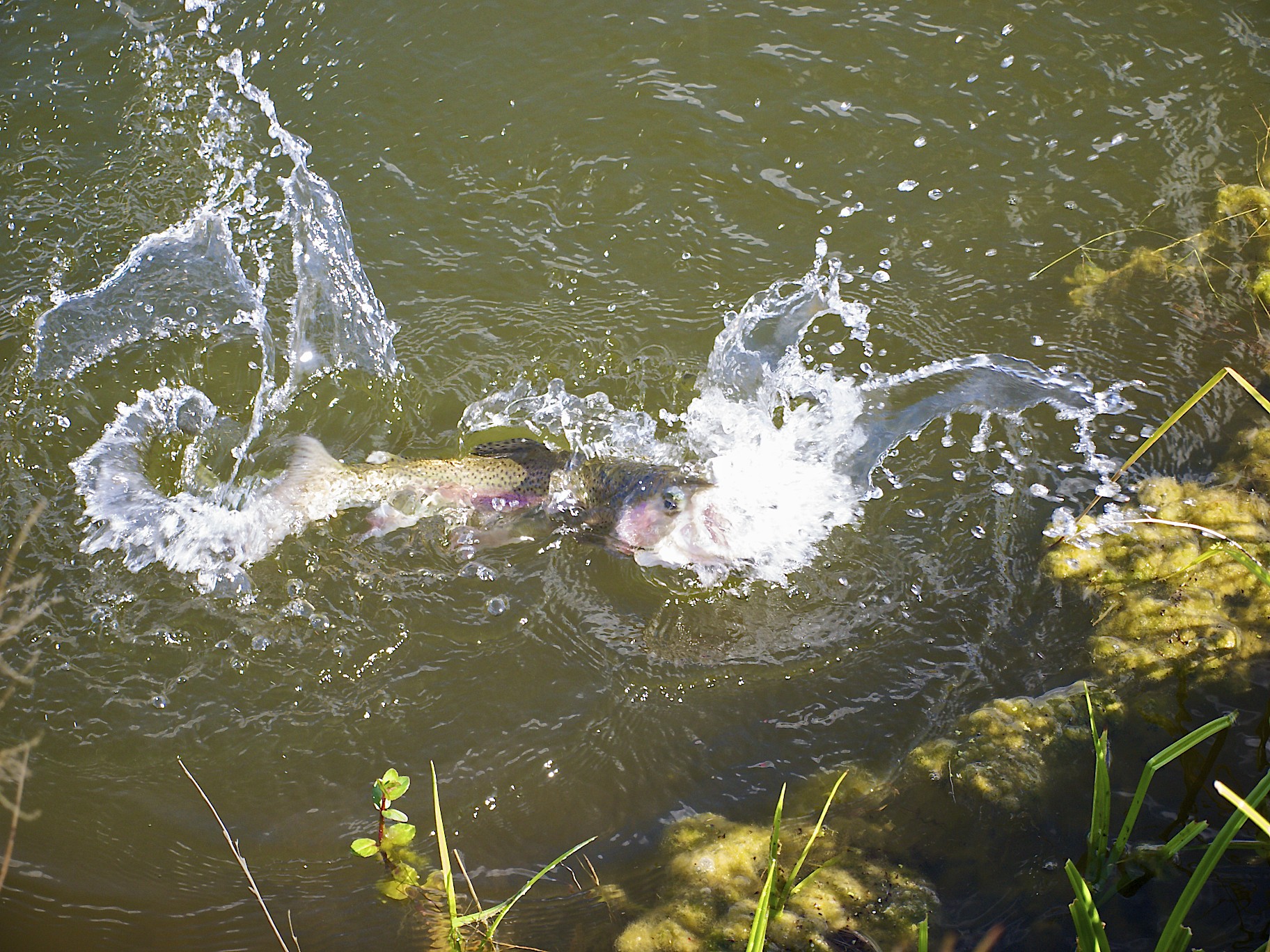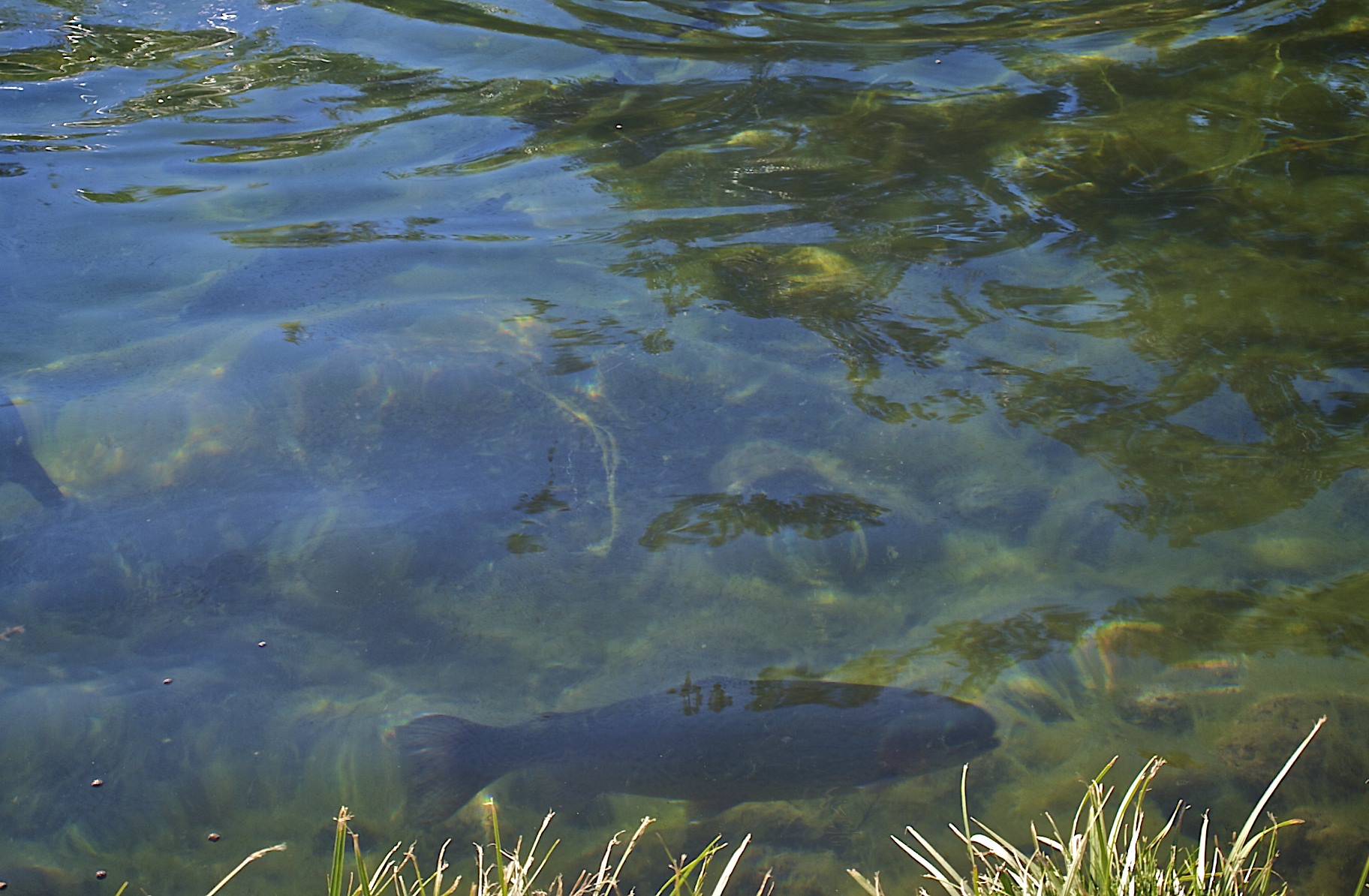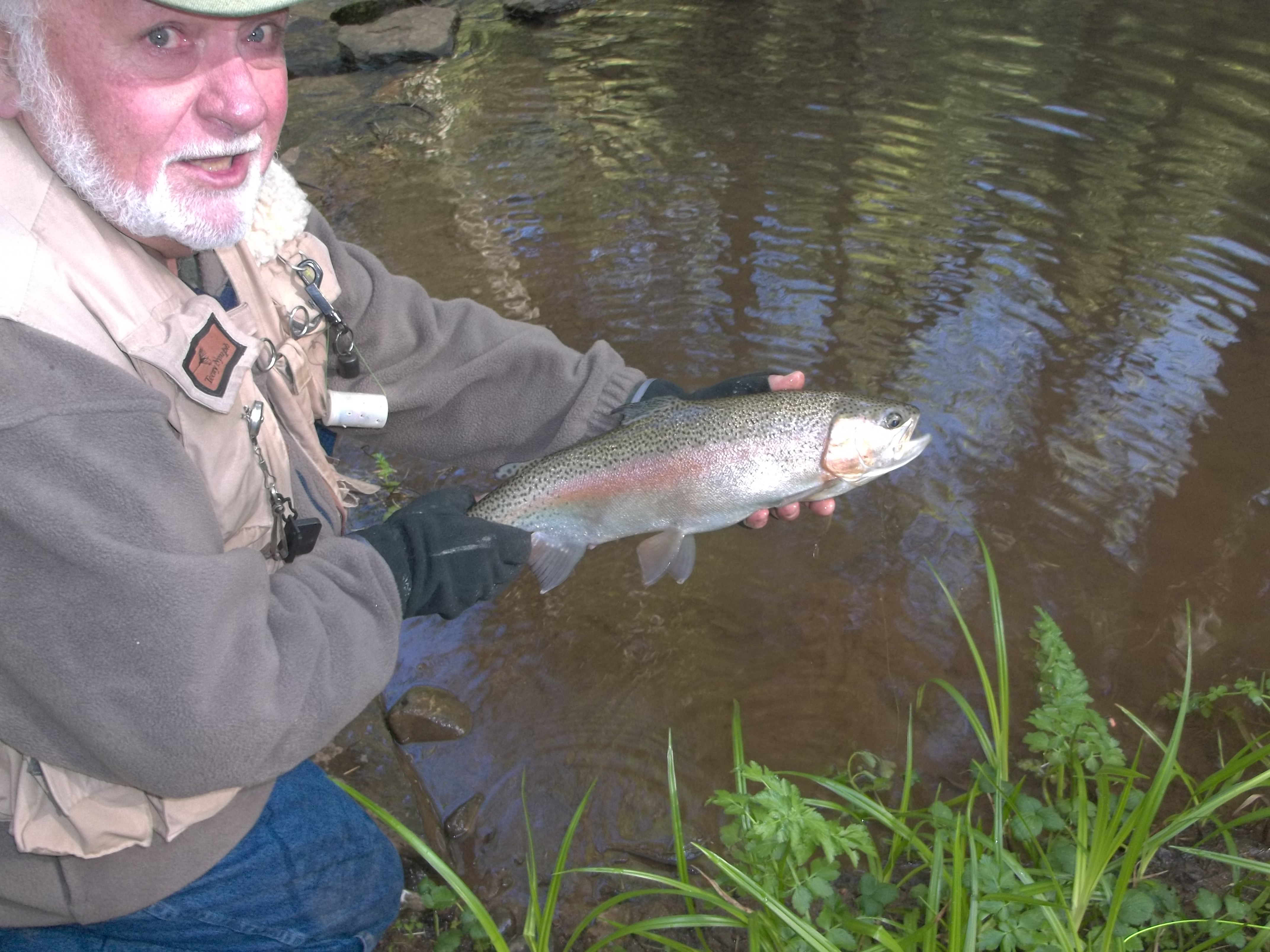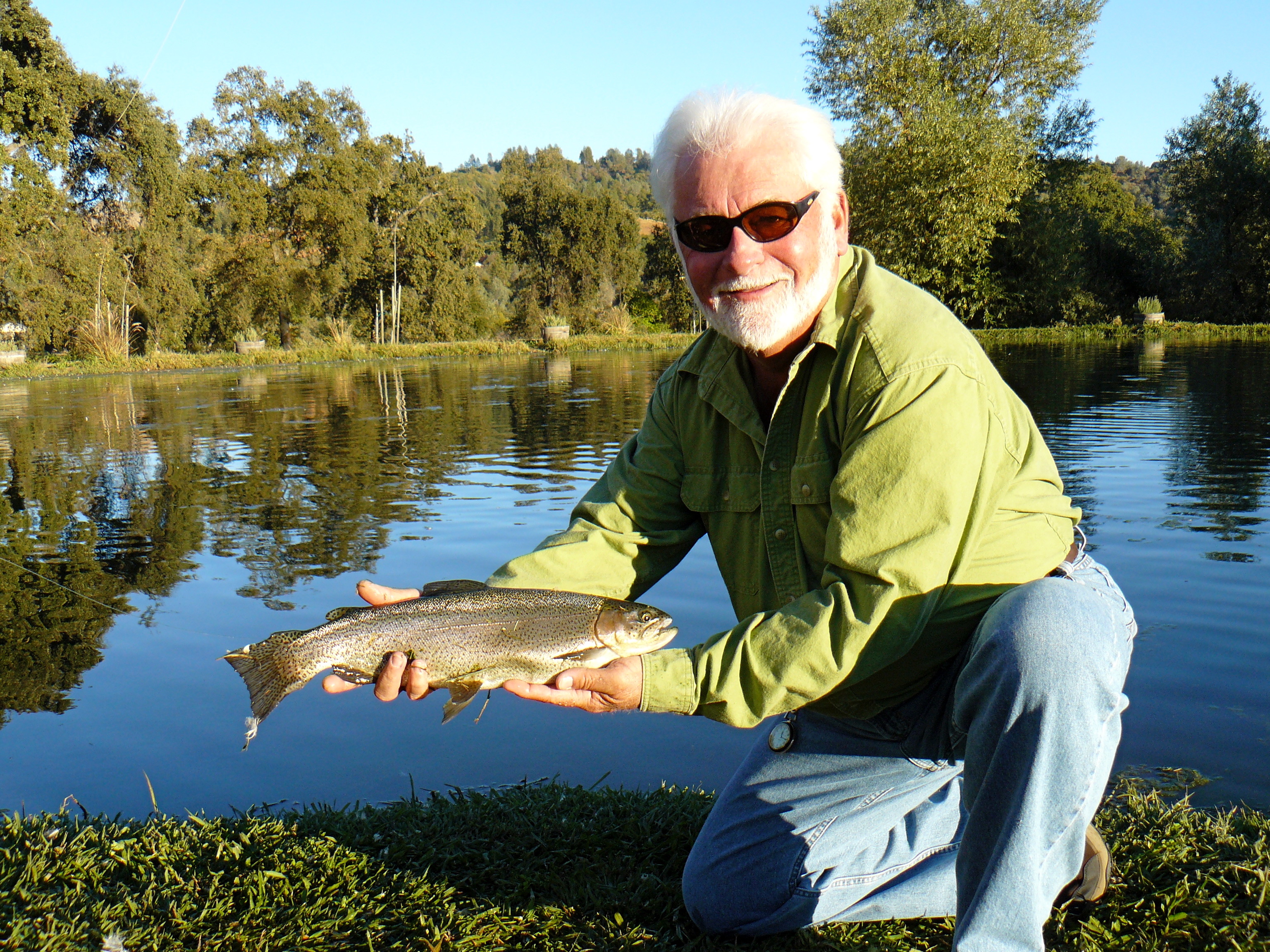Countdown To The Trout Opener: My Earliest Trout Memories
Editor’s note: With this Saturday’s statewide general trout opener attracting anglers to many high Sierra lakes, rivers and creeks, we wanted to share a story each day from our April issue leading into opening day.
Today: Bill Adelman talks about his opening day memories.
By Bill Adelman
The trout family – and no, not Mike Trout of Los Angeles Angels of Anaheim baseball fame and his folks – provides anglers countless hours of planning, organizing, traveling, thoughtful approaches, tackle selections, presentations, disappointments, and sometimes minimal successes.
I know a few anglers out there who recall being part of the “opening day” mystique of trout season. Prior to its popularity decline beginning in the 1960s, opening day was as important to a large section of outdoorsmen as the first day of baseball season. We listened in silence as the adults spoke of the previous year’s successes or failures and worked to make amends this year.
This was always stream creek or river fishing, not just drowning PowerBait in a local lake. Favorite waters and areas were as protected as one’s tax report or middle name. The kids were not allowed to fish until the older family members had finished. But we were taught the streamside method of field-dressing a trout and got to partake in that adventure immediately.
Many of the old-timers farmed their own worms or nightcrawlers, the bait of choice. Secrets as to how they were fed were similarly protected and kept to ourselves. My granddad’s formula was something or other, mixed with wet coffee grounds turned into the dampened soil by hand. His worms were bigger and more fearful than today’s ’crawlers that are bought in gas stations and tackle shops. We often broke the worm in half, since trout would react to half a worm just as readily as a whole one, so why waste a perfectly good full-size worm? And we learned to not get caught breaking a second worm when a half of one was in the can.
Then came progress, in the form of a certain brand of salmon eggs in a jar that hit the market and were an immediate success, but not so fast here. They had two formulas, designated by a red or green lid. We were only allowed to use the green label, as conventional wisdom dictated they caught far more trout and didn’t fall off the hook as easily when being cast.
MY TURN
As my paper route provided enough money to buy some stuff, my first investment was a Sears telescoping aluminum rod, a clumsy casting reel, Dacron fishing line and catgut leader material. Later on, we actually bought some spinners and a whole new world of trout fishing opened up to the kids. Our target fish back then was the rainbow trout. Who knew anything about browns, cutts, brook, golden, lake, bull or steelhead trout? Not us.
In the 1950s, trout farms began to pop up. Rainbows were much easier to catch and you had to keep every fish you caught and pay for them by the pound. It wasn’t as much fun as walking a creek in tennis shoes and old jeans.
But as we aged, new options became available to us. A whole new world opened up, as we were able to fish creeks, streams, rivers, ponds, lakes or through the ice. And fuel was less than 50 cents per gallon, so that should tell you something about it.

NEW CHALLENGES
Native trout are very difficult to fool, and anglers had to hone their skills, with more and more turning to the fly fishing community. Fly anglers seemed to revel in presenting their techniques as so difficult to master that only a select few should even attempt it.
We now know this to not be the case. I can fly fish, so there’s that. As time passed, more and more regulations were implemented and limits were adjusted to suit what the experts deemed necessary to protect a fishery. Now we have a hatchery program that is getting butchered with regulations every year.
Catch and release, barbless hooks, no bait and barbless flies are the rule of the day on many waters, and quite frankly, most of these ideas are good ones. We have designated Wild and Heritage trout waters that demand special attention. There are those who demand all non-native trout be removed from the ecosystem. Why is it necessary to kill a German brown caught in the Merced River in Yosemite just because they were planted many years ago instead of being there since the valley was formed?

A COMPLETE EXPERIENCE
Some fly fishing-only waters make it extremely difficult for the angler, as the degree of experience required reduces most of us to unsuccessful rookie status. But for the fly guy, it’s much more than catching a trout. The total experience begins with the planning stage and ends with the recalling stage upon returning home.
As much as it’s exciting to feel that first tick, it’s all part of the experience to uncase the rod and prepare it for the day. Part of the mental work is knowing in advance what your plan is.
Trout in a lake are almost constantly on the move. Trout in a creek are seldom on the move except to explore small sections for food. They mostly lie in wait and let the food come to them. Sorta like ordering a pizza via delivery rather than driving to the store.
Increased chances of success can be enhanced with new knowledge. Each species of trout has a water temperature range that provides a better-than-average opportunity for hook-ups, but how many of us actually know and take advantage of this information? You know who does? Black bass anglers.
We all enjoy a pic of our catch; however, trout will expire quicker than almost any other species of fish. The longer they are held out of the water, the more damage is done to the brain, which will result in a trout dying more quickly and becoming fodder for crawdads. Common sense can prevent about 90 percent of this occurring.
Good luck this fishing season, and don’t forget to keep your nightcrawler-feeding formula a well-guarded secret, since we had to. Cs







